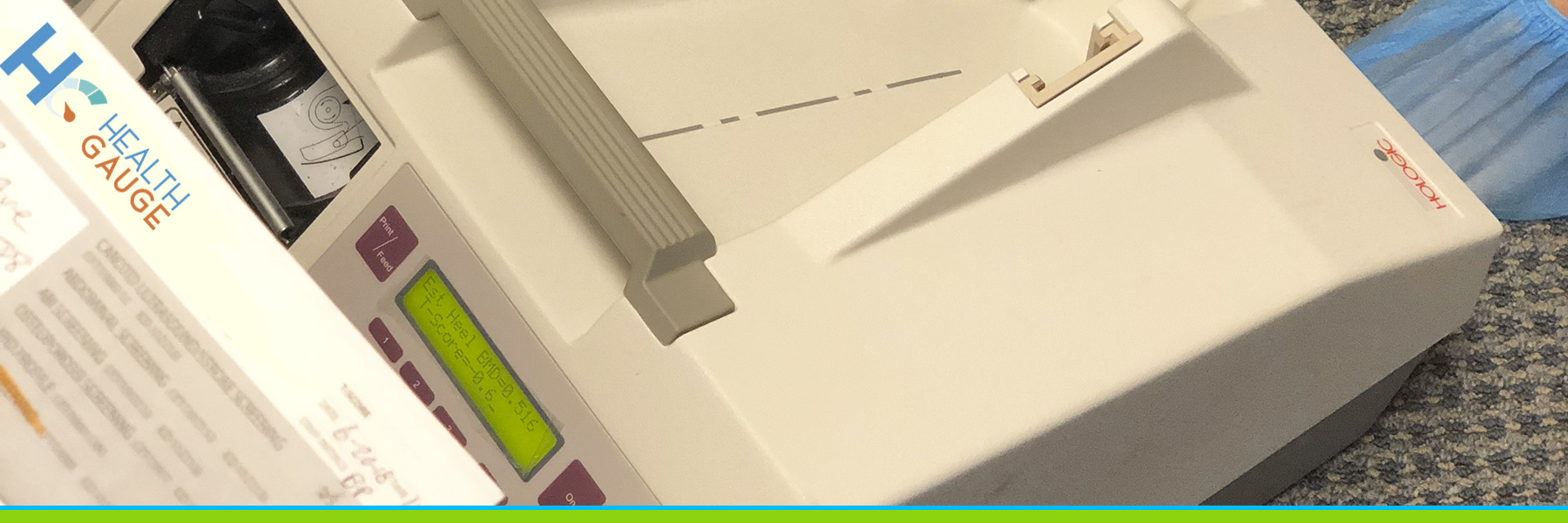
![]()
Bones are living tissue, and the body is constantly forming new bone mass. Osteoporosis occurs when bone structure is lost faster than it can be replaced by new bone growth. When bones become porous and less dense, they are more likely to break. In its early stages, osteoporosis does not exhibit symptoms, and a broken bone is sometimes the first indication that a person has osteoporosis. Many people find it difficult to recover from broken bones, especially those breaks that require surgery, and they lose their ability to get around and participate in activities.
Osteoporosis affects about 54 million people in the U.S., men as well as women. Many things can cause osteoporosis, including a diet low in calcium or Vitamin D (Vitamin D deficiency tests are widely available). Certain endocrine conditions, autoimmune disorders, digestive disorders, and certain cancers can also cause osteoporosis. Some medical treatments are also linked to low bone density, including weight loss surgery, so be sure to communicate with your doctor if you have had any of these conditions or procedures. Treatment options include medications and lifestyle changes. Exercise strengthens bones, even low impact exercise such as walking and yoga. This movement strengthens bones and reduces the chance of fracture. There are also several medications available to treat osteoporosis. They work by slowing bone loss.
The Sahara machine by Hologic is a simple, convenient and practical way for clinics to give their patients a bone assessment. This bone densitometer requires no radiations which improves the patient’s acceptance for the exam. An exam with this machine takes less than one minute to complete. It is fast and the only ultrasound bone densitometer machine that will estimate BMD and determine T-scores.
Osteoporosis is silent in its early stages; a broken bone is sometimes the first indication that a person has osteoporosis. There are changes in the body that can indicate osteoporosis is developing, and should be brought to your doctor’s attention:
Certain conditions and treatments can put you at higher risk of developing osteoporosis, so people who have any of the conditions on this list should consider getting an osteoporosis screening:
All adults age 50+, including men, and adults age 40+ who have any risk factors for bone loss should receive a bone density test. About 54 million Americans have osteoporosis and low bone mass, placing them at increased risk for osteoporosis. Studies suggest that approximately one in two women and one in four men age 50 and older will break a bone due to osteoporosis.
Bone density screening should be conducted annually.